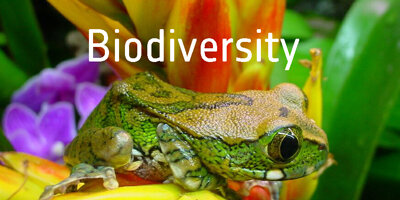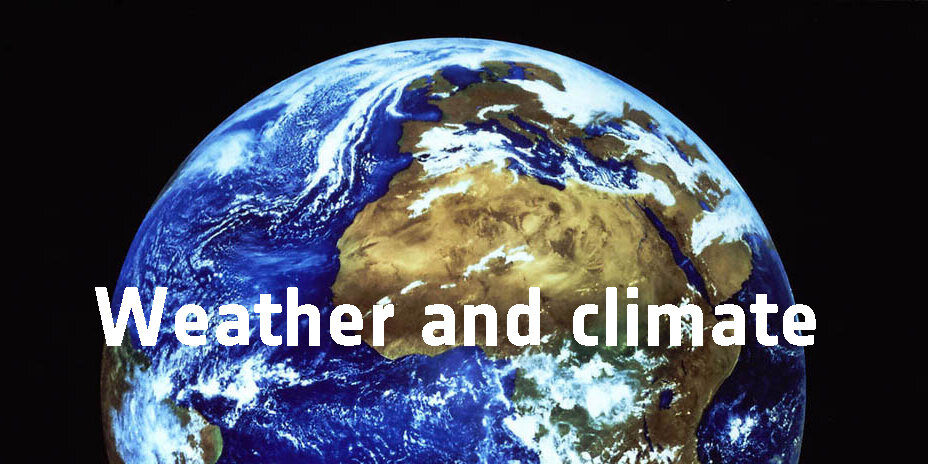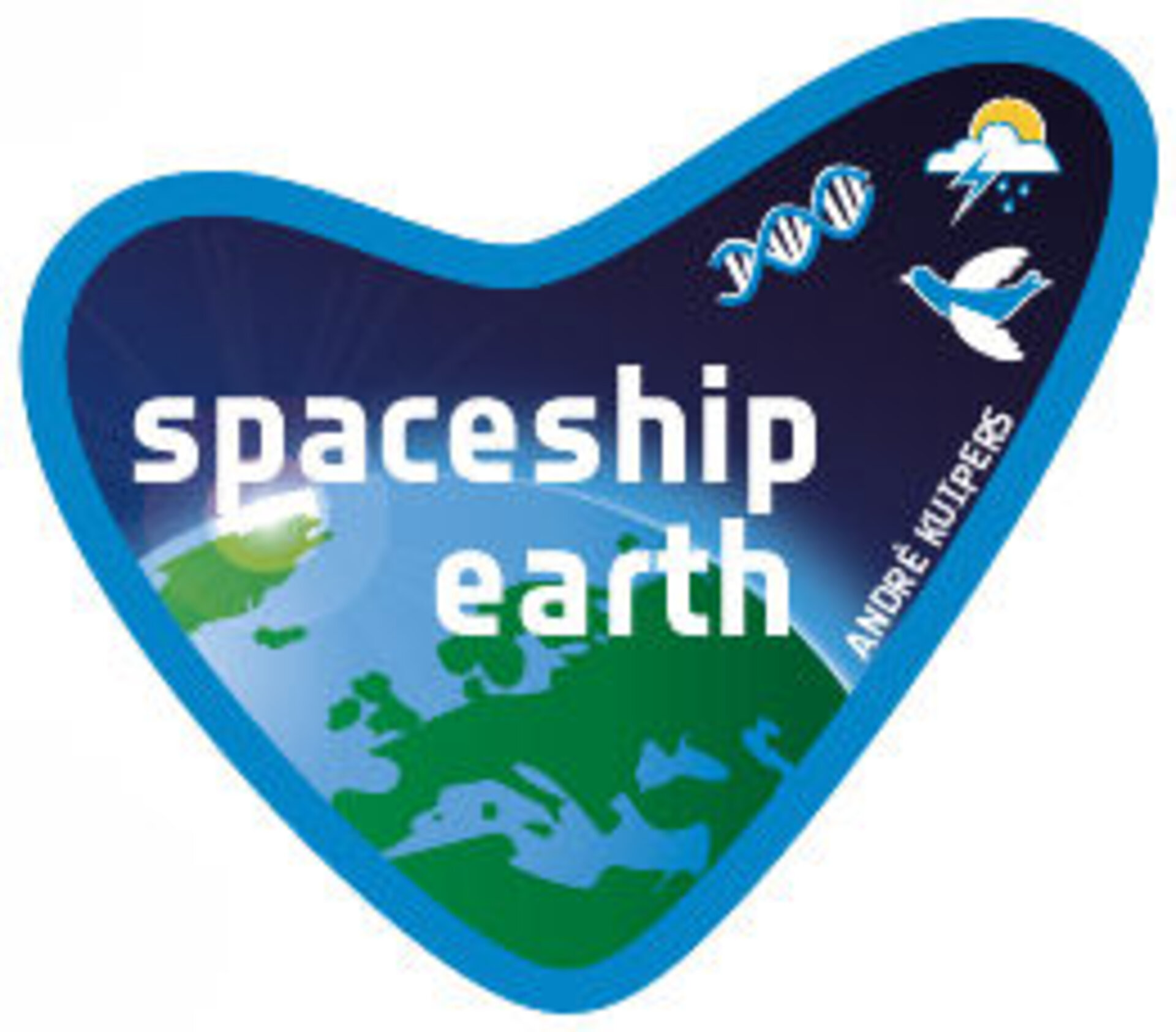Spaceship Earth
During his stay in orbit, André Kuipers had a unique view of ‘Spaceship Earth’ from his very own spaceship, the International Space Station. From the spectacular vantage point provided by Cupola, the ESA astronaut observed both the beauty and fragility of our planet.
His observations support ESA online lessons designed to help European children strengthen their knowledge in science, technology, engineering and mathematics. Three themes cover topics such as Life in Space, Biodiversity and our planet's climate.
As part of Spaceship Earth, André performed experiments on board which can also be carried out by schools. ESA is providing school kits with replicas of the experiments on board the ISS. Please click on the link to the right to order a kit for your school.
Spaceship Earth themes
Lessons associated with Spaceschip Earth were released throughout the PromISSe mission. The PDF files of the lessons can be downloaded through the links on the right of this page.
Dutch teachers are requested to order their kits from the Ruimteschip Aarde website, also linked on the right.

Theme 1: Life
Radiation
Radiation is the term used for all phenomena characterised by the transport of energy, either by waves or sub-atomic particles. This lesson for secondary school students (16-18), explains different types of radiations and how some forms of radiation pose a threat to astronauts.
Balance in Space
Keeping balance on Earth is relatively easy because gravity dictates how the vestibular apparatuses behave in the inner ears. In conditions of microgravity such as on the ISS, astronauts can be very easily disoriented. This lesson for lower secondary school children (12-14) demonstrates how balance can also be affected by visual cues and incorporates a fun practical activity.
Immunology
Understanding how the immune system functions will eventually lead to answers about many diseases including cancers. This lesson, intended for upper secondary school students (14-17), explains the basics of the immune system but also discusses the fact that astronauts in Space, for various reasons, have depressed immune responses. This is particularly important to study if humans are to live in microgravity for extended periods of time.
Life Support Systems
We now have the capability to leave planet Earth. However, if man is to live in space and travel to other planets, we must learn how to survive out there for longer periods of time; we have to recreate in space the vital ingredients for life on Earth.
On the International Space Station many of Earth’s environmental support systems have already been engineered. Examining how some of these key technologies work, allows us to understand the vital ingredients that make Earth such an ideal place to live.
In the DVD 'Ingredients for Life: On Earth and in Space', aimed primarily at 16-18 year old students, we explore how ESA is dealing with these scientific and technological challenges, and we answer questions like: Why do we need water and oxygen? How do astronauts get the oxygen they need to survive in space?

Theme 2: Biodiversity
Convection
Convection depends on gravity: as liquids and gases heat up they become less dense and lighter. When they cool again, they become denser and fall towards Earth. These processes can be observed in large scale on Earth but also in the small convection loops provided in the ESA EPO kits. Ocean currents and atmospheric movement due to warmth from the Sun determines where life on Earth flourishes and where life struggles. Biodiverse regions on Earth are largely dependent on convection.

Theme 3: Climate and Weather
We learned that convection depends on gravity and that convection affects atmospheric and oceanic currents. These never-ending patterns of rising and sinking gases and liquids together with Earth spinning on its axis, lead to interesting climates that in turn affect the biodiversity on our planet. In this lesson, you will learn about the differences between climate and weather, how to interpret weather observations and how you can participate in ESA's interactive Meteosat application and EduSpace.
For more information, contact Nigel Savage at ESA (nigel.savage@esa.int)





